10 countries that used to be poor but are now rich
Daniel Coughlin
17 April 2018
The nations that went from rags to riches
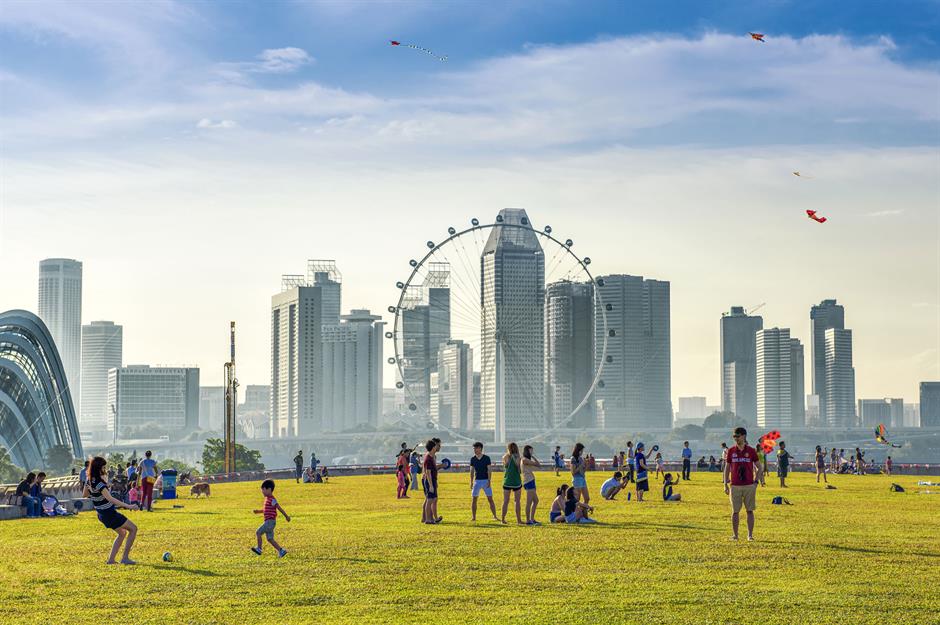
IamDoctorEgg/Shutterstock
The world's wealthiest countries weren't always so affluent. Believe it or not, mega-rich nations like Switzerland and Singapore used to be seriously poor and had to overcome major economic obstacles to get to where they are today. Looking back over history, we chart the rise of 10 countries that turned their fortunes around to become the most prosperous nations on the planet.
Luxembourg
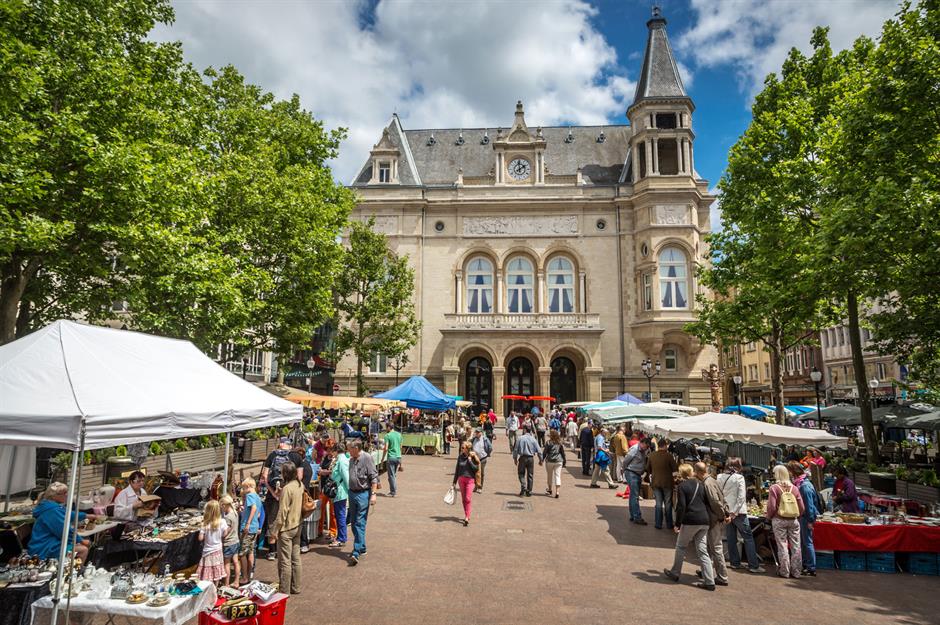
Shutterstock
Rolling in money, Luxembourg has the highest GDP per capita in the world, around $105,000 (£73,700). The principality's perfectly diversified advanced economy is based on banking, steel and advanced manufacturing, and is growing at a rate of 4.6% a year.
Luxembourg
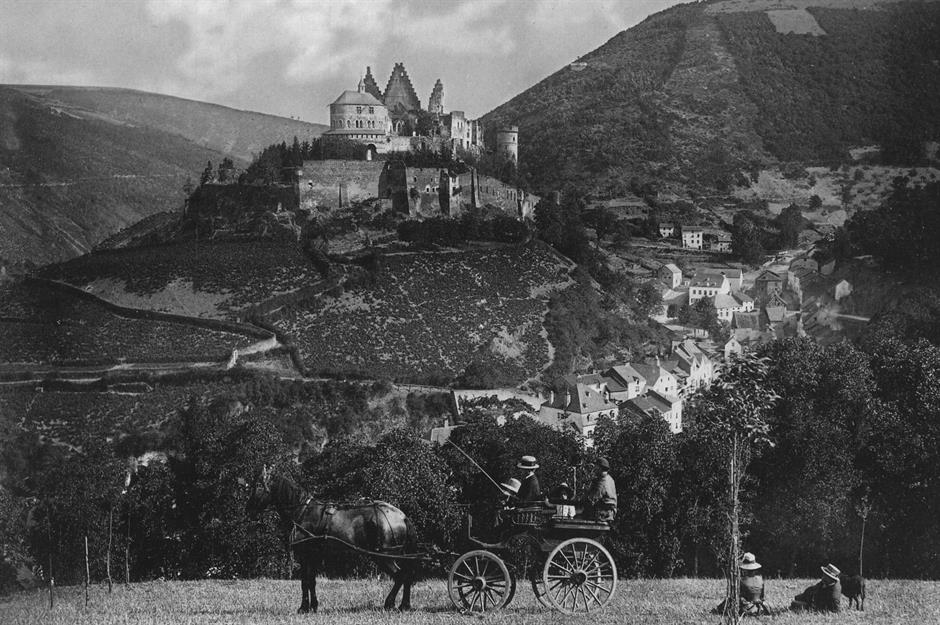
Cayambe/Wikimedia Commons
It's hard to imagine Luxembourg as a poor country, but that's exactly what the landlocked European nation was during the early 19th century. Around 80% of the population, which numbered approximately 180,000, were employed in agriculture and life was far from easy.
Luxembourg
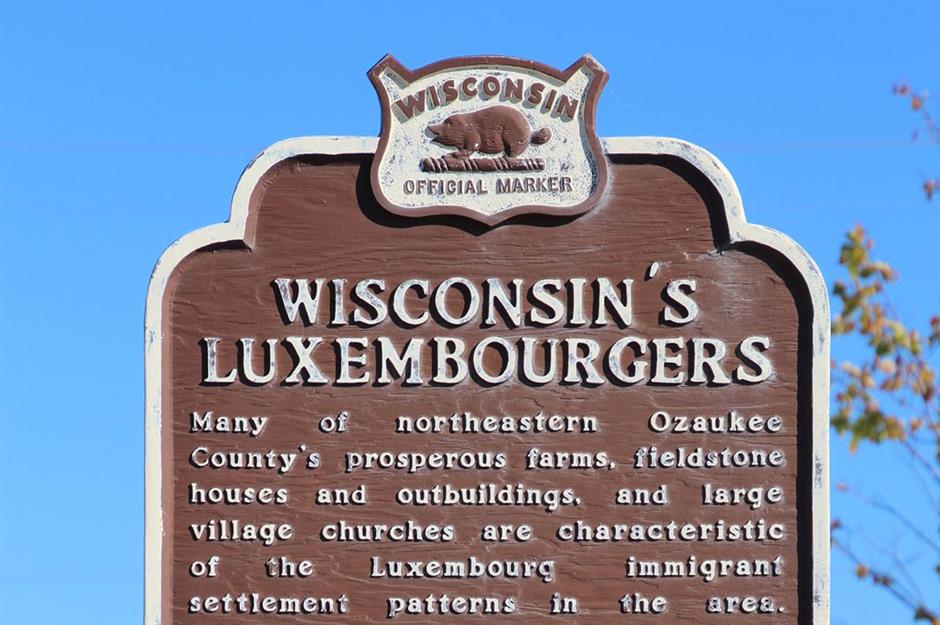
Courtesy Wisconsin Historical Markers
Trapped in grinding poverty, many families could barely afford to survive. Things got so bad that about a third of the Luxembourger population left to seek a better life elsewhere, heading mostly to the USA.
Luxembourg

Cayambe/Wikimedia Commons
The discovery of significant reserves of iron ore in the mid-19th century changed Luxembourg's fortunes almost overnight. Mines and factories sprung up, and the country's lucrative steel industry was born. By the end of the 19th century, Luxembourg had become one of Europe's leading steel producers.
Luxembourg
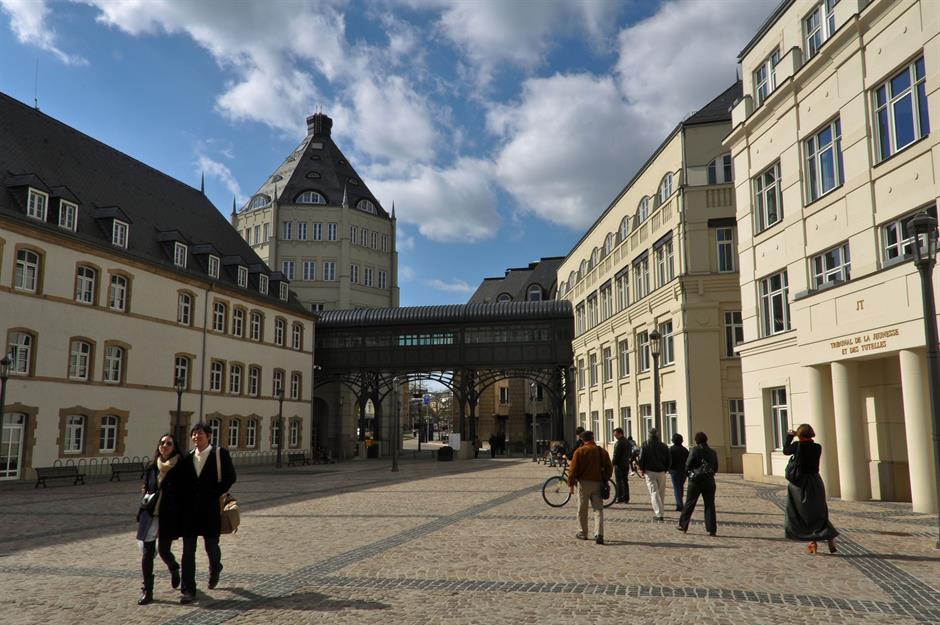
Donatas Dabravolskas/Shutterstock
The steel industry thrived and jobs abounded throughout the 20th century, except during the two world wars. Luxembourg developed banking and advanced manufacturing industries in the 1960s, and since then the economy has been in excellent shape, enriching the compact country no end.
Switzerland
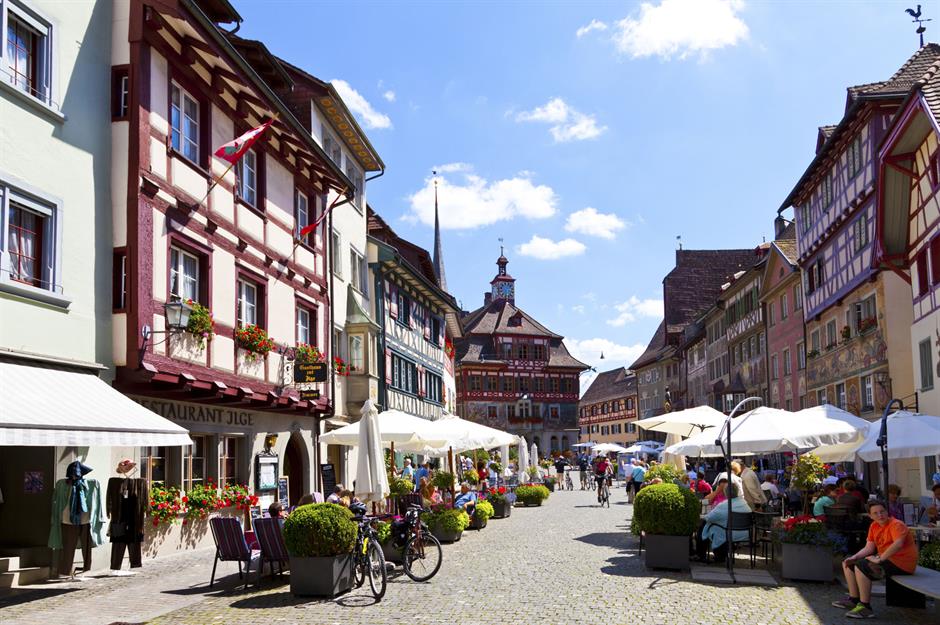
Victor Torres/Shutterstock
Switzerland is synonymous with wealth and economic success. The country has the world's second highest GDP per capita at about $80,000 (£56,000), according to the World Bank and International Monetary Fund (IMF), and one of the highest standards of living in Europe.
Switzerland
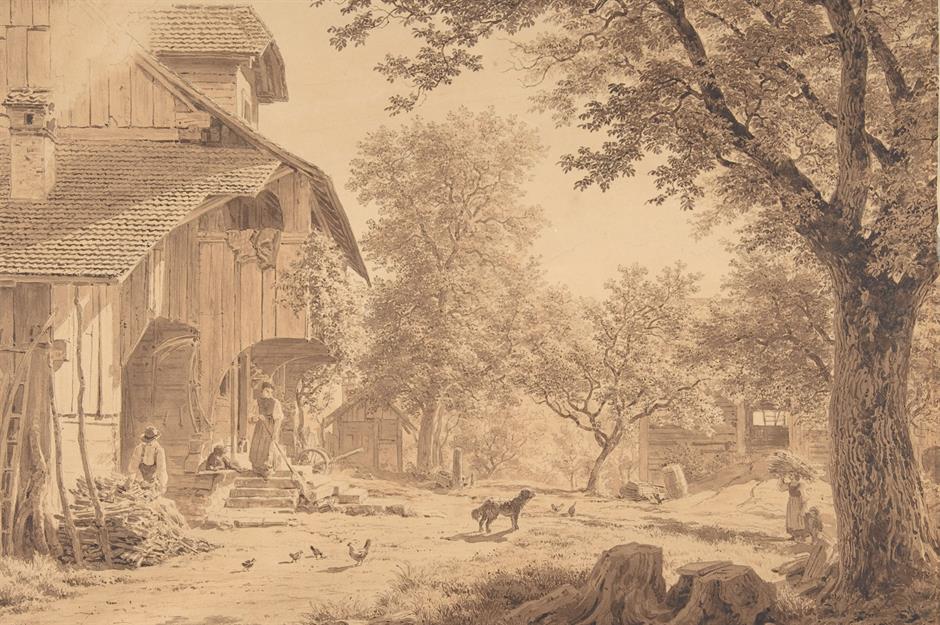
Metropolitan Museum of Art/Wikimedia Commons
Rewind 150 years and Switzerland was a poor nation. The landlocked country's mountainous terrain had presented a major obstacle to development, industry was relatively primitive and a large proportion of the population, particularly rural dwellers, had emigrated to escape a life of poverty.
Switzerland

Hansueli Krapf/Wikimedia Commons
In the late 19th century, a period of industrialization nurtured by favorable economic polices began to transform the economy. At the same time, the country's banking and tourism industries started to blossom, and Switzerland was fast becoming one of Europe's richest nations.
Switzerland

Indy Beetle/Wikimedia Commons
The momentum continued into the 20th century. Switzerland's famous policy of neutrality allowed the country to escape the ravages of the two world wars and profit from arms exports, bank loans and so on, which further strengthened the economy.
Switzerland
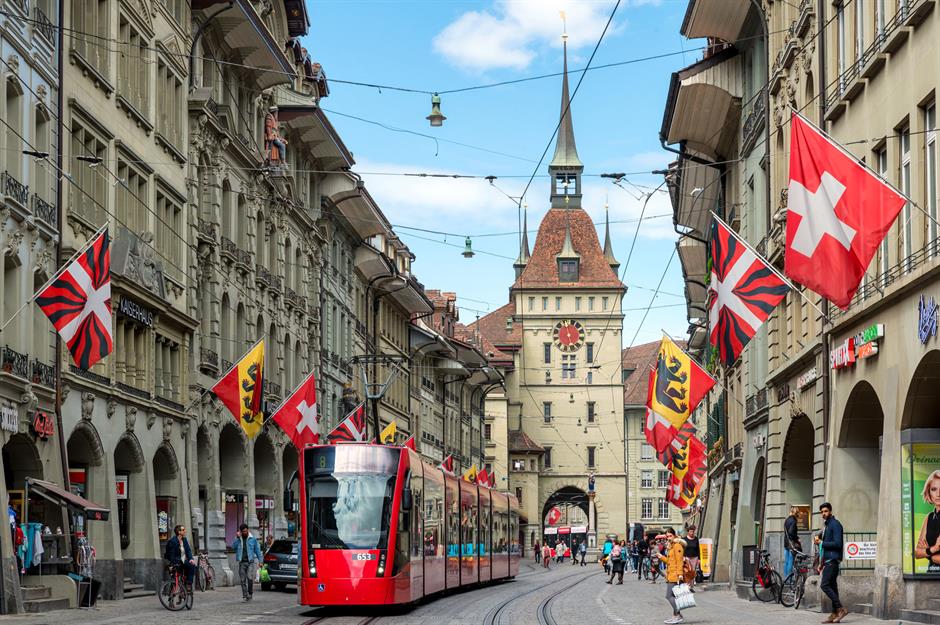
Prasit Rodphan/Shutterstock
The Swiss economy transitioned from an industrial to a service economy in the 1950s and, though growth slowed down in the 1970s, Switzerland has maintained its position at the top and remains enviably wealthy.
Norway
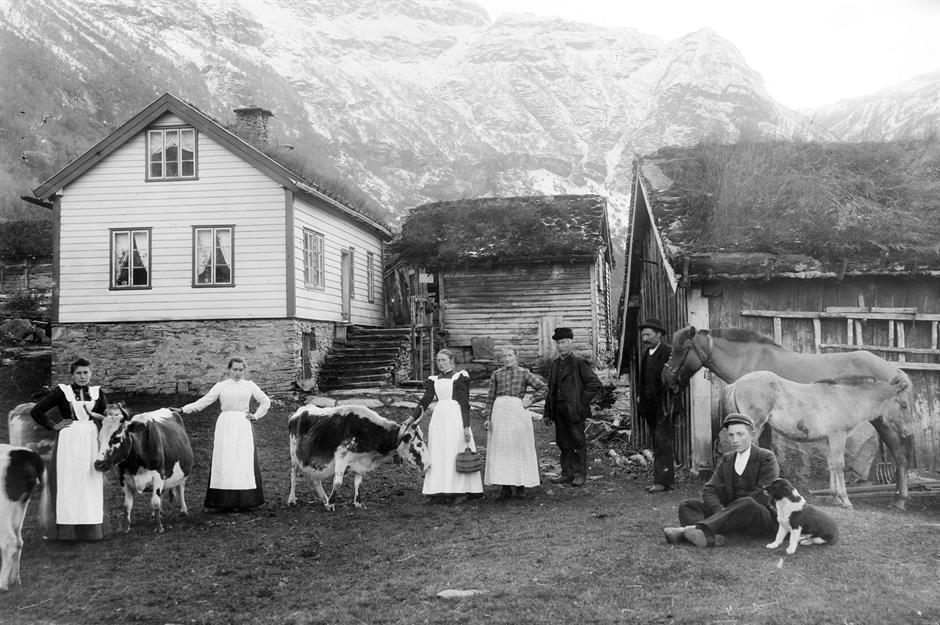
Fylkesarkivet/Wikimedia Commons
Hardship prevailed in Norway during the 19th century. The bulk of the population worked in the agriculture and fishing industries, and wages were ridiculously low. By the early 20th century, around 800,000 Norwegians had left to try their luck in the USA.
Norway

National Library of Norway/Wikimedia Commons
The country's financial situation changed for the better in the early 20th century when the Norwegian government began to develop a hydroelectric power industry, which provided jobs and boosted GDP.
Norway
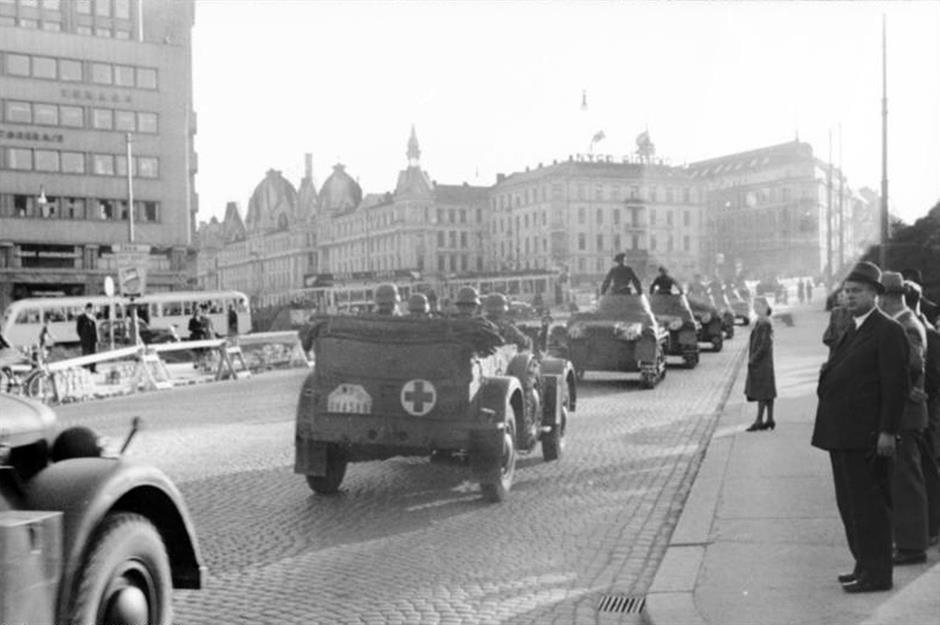
Bundesarchiv/Wikimedia Commons
Norway entered recession in the 1930s, along with the rest of the world, and the economy was crippled by World War II. Following the war, Norway recovered rapidly thanks to funding from the US and had returned to prosperity by the 1960s.
Norway
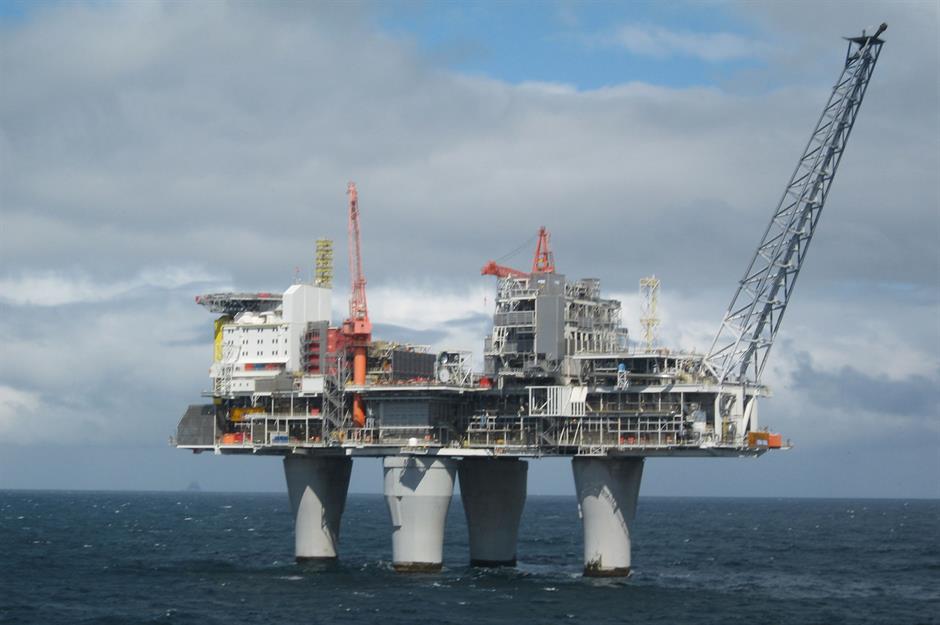
Swinsto101/Wikimedia Commons
In 1969, substantial reserves of oil were discovered in the North Sea. Production began in 1971, and as the price of oil rose during the 1970s, so did Norway's GDP. The proceeds from the oil industry have allowed the country to develop a welfare state that is envied the world over.
Norway

ParrySuwanitch/Shuttertock
These days, Norway's GDP per capita of around $72,000 (£50,000) is one of the highest in the world. The nation has an oil fund worth almost $200,000 (£140,000) per Norwegian citizen, and has been ranked the global number one for standard of living in the UN's Human Development report 16 years in a row.
Brunei
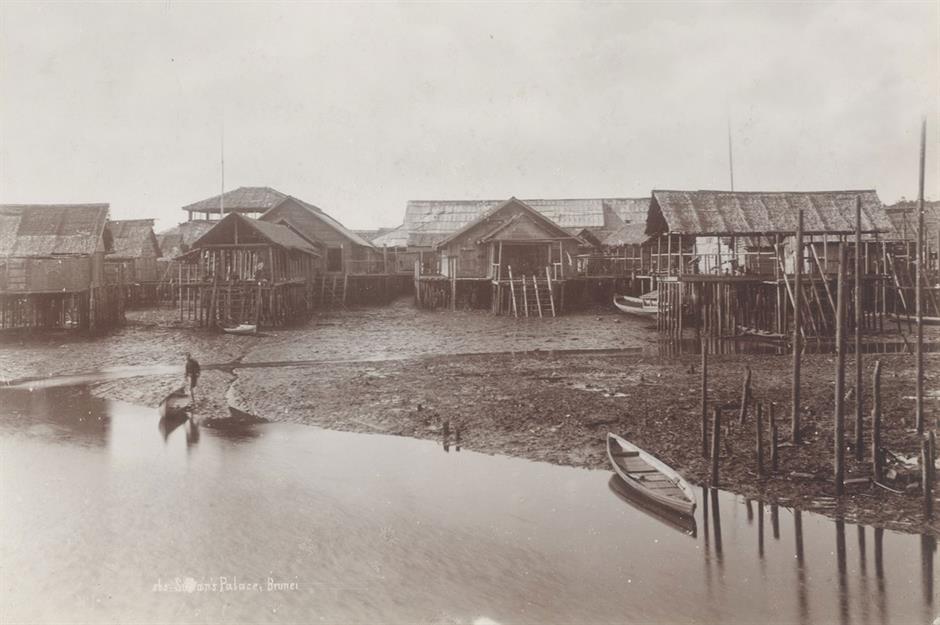
Leiden University Library/Wikimedia Commons
Prior to the discovery of enormous reserves of oil in 1929, Brunei was a struggling British Protectorate with high levels of poverty that chiefly relied on the export of rubber and sago (palm tree starch) to power its economy. This photo of the former royal palace shows just how poor Brunei really was.
Brunei
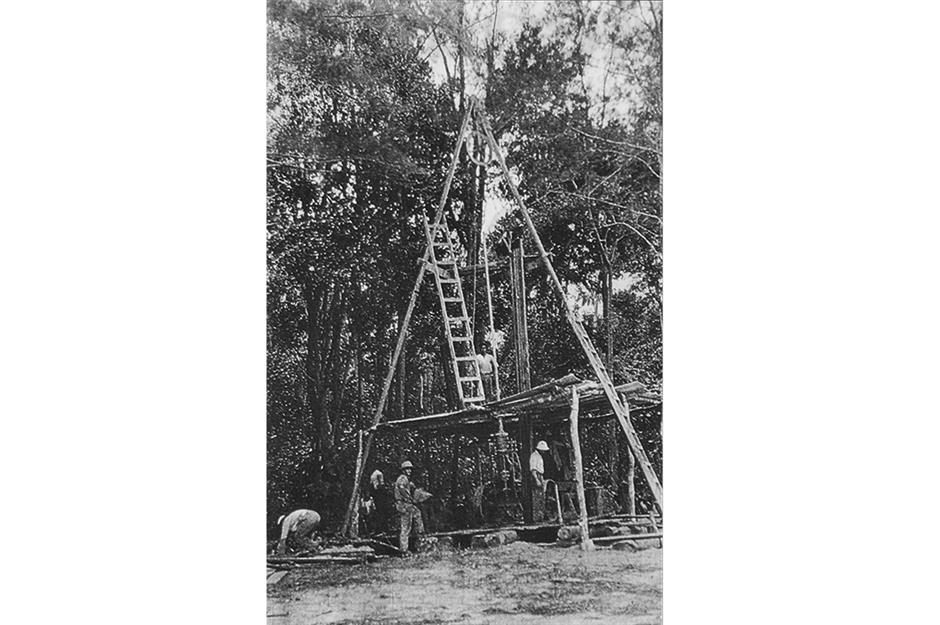
Courtesy Brunei Shell Petroleum
Despite the Great Depression and World War II, which stalled the growth of the oil industry, the sultanate became steadily richer during the 1930s and 1940s from exports of the commodity, reaping bumper royalties.
Brunei
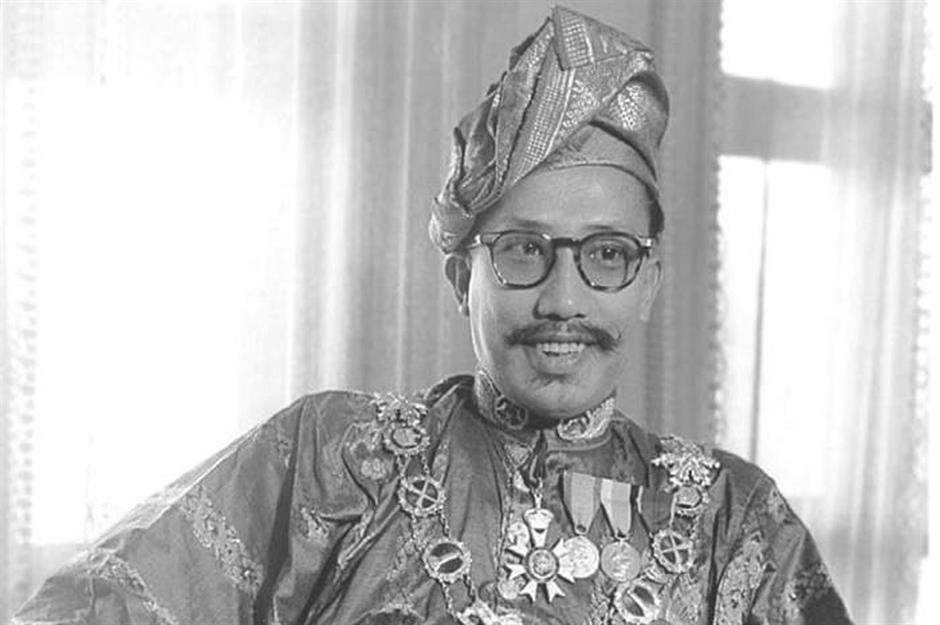
Wikimedia Commons
A series of National Development Plans were put in place by the 28th Sultan, Omar Ali Saifuddien III, during the 1950s and 1960s, which created an advanced education system, updated infrastructure and massively improved public health.
Brunei
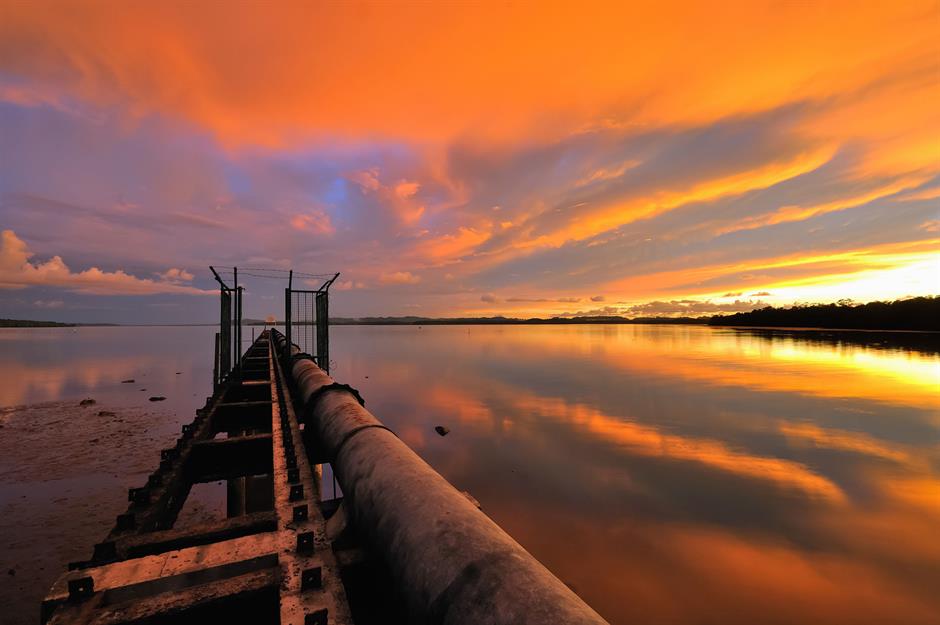
AzriSuratmin/Shutterstock
Natural gas reserves were discovered in the 1960s. By the early 1970s, the economy was booming and the standard of living in Brunei was virtually on a par with Europe's and North America's. Additional reserves of oil and gas were found offshore in the 1970s, bolstering the economy.
Brunei
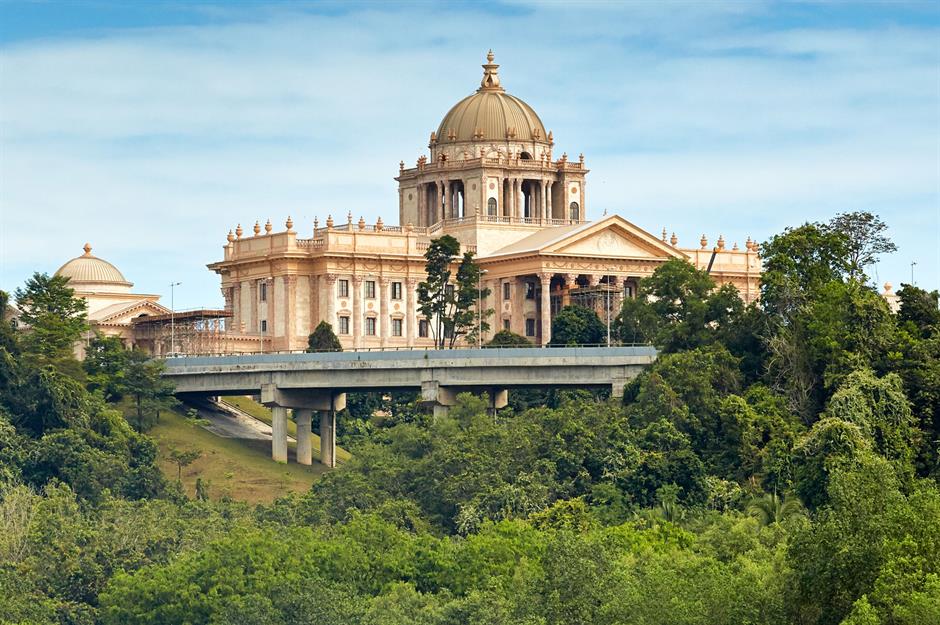
Truba7113/Shutterstock
Since Brunei gained independence from Britain in 1984, oil and gas prices have dictated economic growth, which as a result has fluctuated from highs of around 4.5% to lows of -2.5%, but the nation remains wealthy and the royal palace (pictured) is rather more grand these days.
South Korea

Municipal Archives of Trondheim/Wikimedia Commons
How times have changed. At the outbreak of the Korean War in 1950, Korea was on its knees following decades of Japanese occupation, but the more industrialized north was actually wealthier than the south, which was more focused on crops and farmland.
South Korea
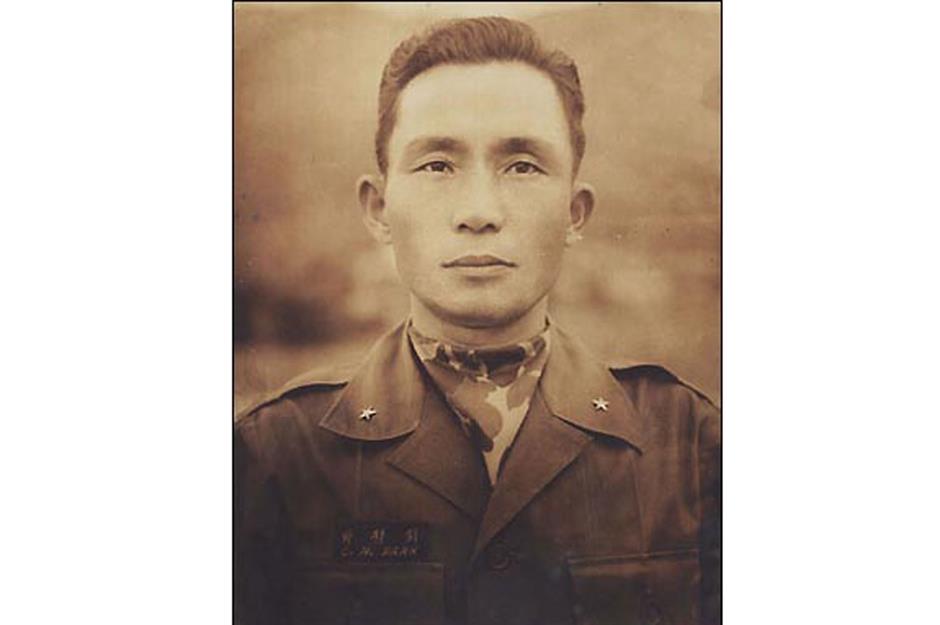
Dagollus/Wikimedia Commons
The war ended in 1953 and South Korea remained in the economic doldrums until a coup in 1961 ushered in a military junta led by General Park Chung-hee. While the regime has been criticized for curtailing civil liberties, it effectively modernized the South Korean economy.
South Korea

Kwangmo/Wikimedia Commons
The country's first Five Year Plan was implemented in 1962 and rapid industrialization followed, dubbed the 'Miracle on the Han River', after the phrase the 'Miracle on the Rhine' was coined to describe Germany's remarkable postwar economic recovery.
South Korea
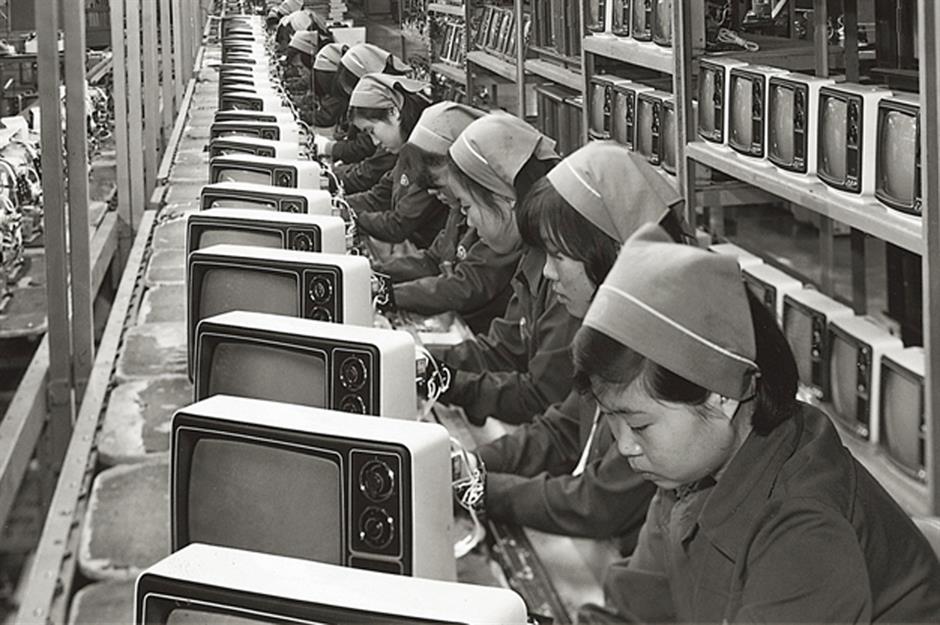
Courtesy Samsung
South Korea's famous family-run chaebol conglomerates such as Samsung and LG were guaranteed huge loans from the banking sector and special treatment as part of the first Five Year Plan and, like the nation's economy, enjoyed eye-opening growth throughout the 1960s.
South Korea
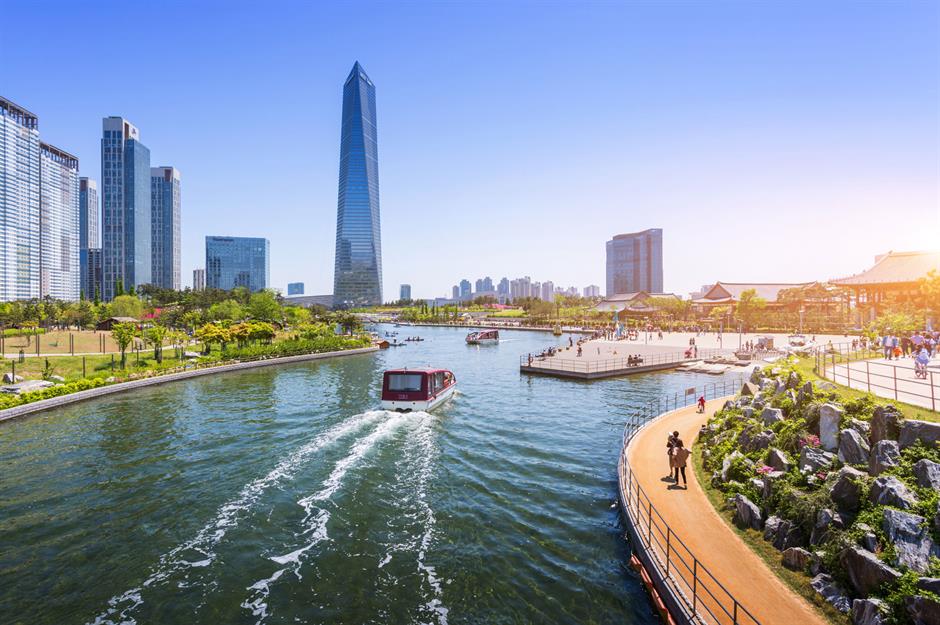
PKphotograph/Shutterstock
The country's steel and electronics industries flourished in the 1970s and growth topped 7.8%. By the time military rule ended in 1993, South Korea had become a developed nation. These days, the country has a GDP per capita of just under $30,000 (£21,000), higher than that of Portugal and Kuwait.
Spain

Three Lions/Getty
A poor, mainly agricultural country, Spain was devastated by civil war in the 1930s, which resulted in a repressive dictatorship that stifled the economy for decades. Throughout the 1940s and 1950s, Spain's financial situation was dire.
Spain

Elsa M. Megson/Getty
Francisco Franco's fascist government focussed on economic self-sufficiency during these decades, and closed Spain off from the outside world, curtailing imports. This policy led to severe shortages of essential goods, a devalued currency and negative growth.
Spain
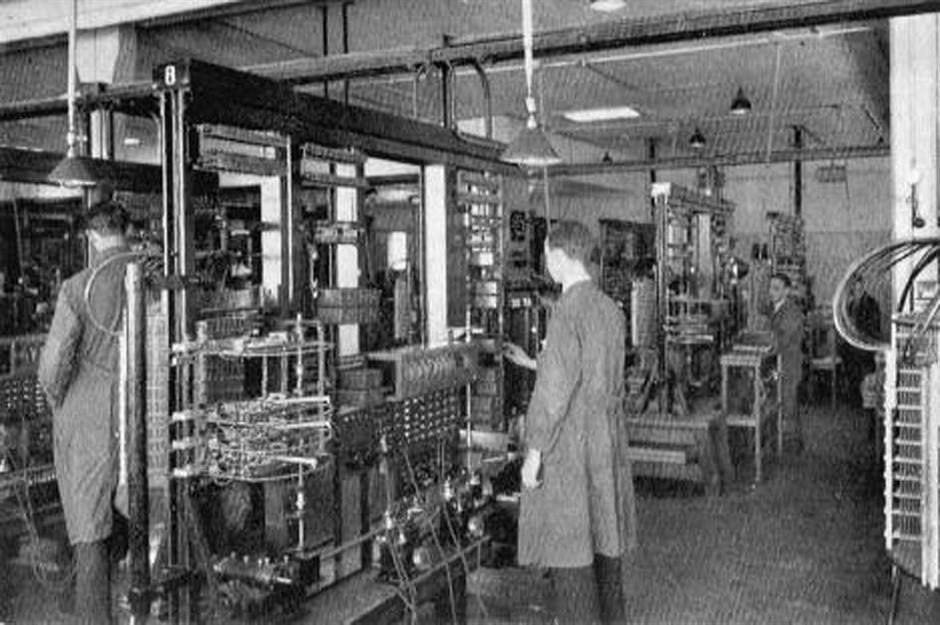
Courtesy Ericsson
As Western Europe became richer, Spain seemed to be going backwards. In 1959, Franco changed tact and replaced the old guard in his government with younger, economically liberal ministers, and initiated the first of Spain's development plans to kick-start the economy.
Spain
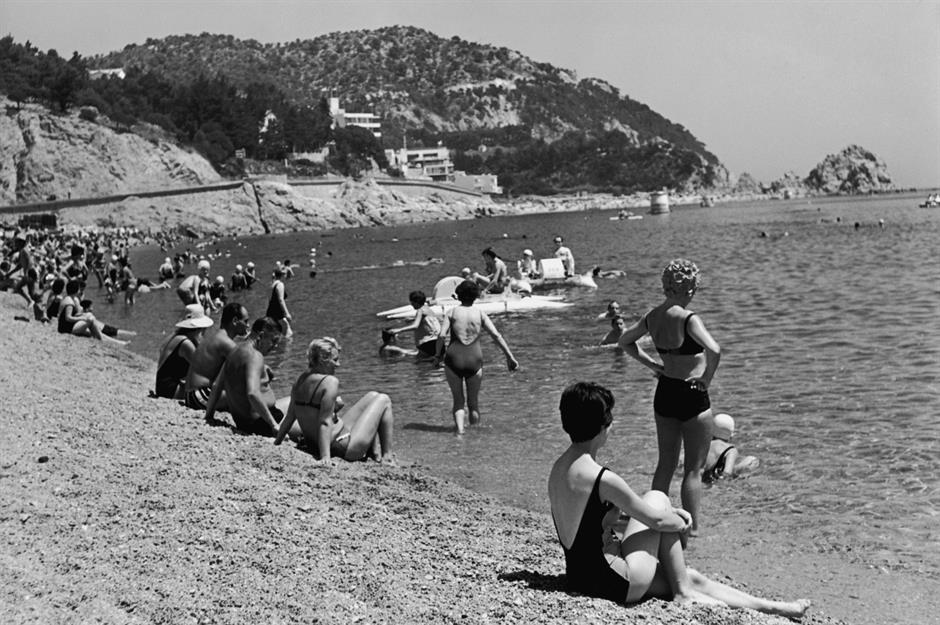
Fox Photos/Getty
During the 1960s, Spain industrialized in a big way and opened up to the outside world. A plethora of factories were built around the country and tourism boomed. GDP per capita, which was only $7,359 (£5,200) in 1960, had more than doubled by the time fascist rule ended in 1975.
Spain
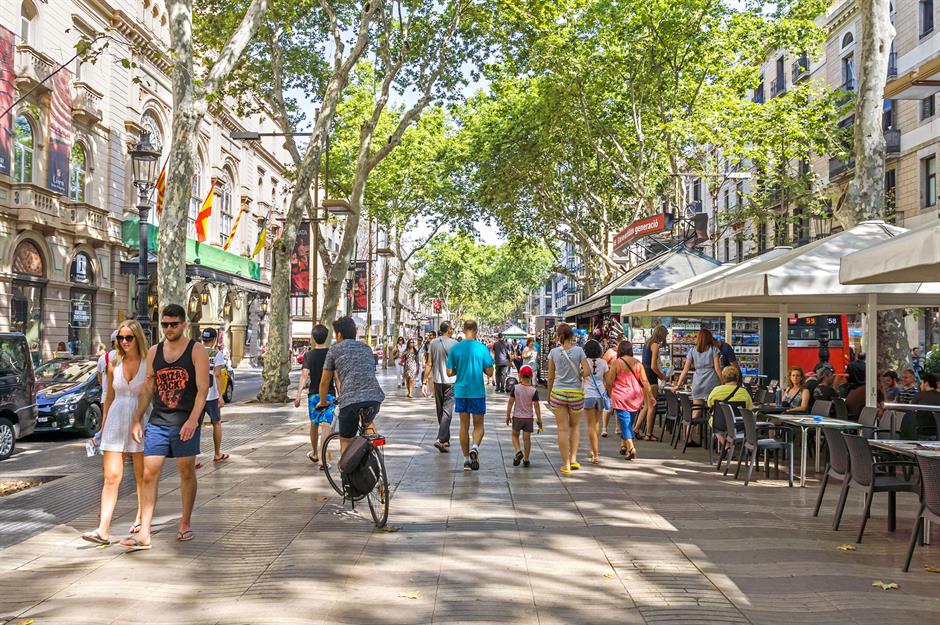
Veniamin Kraskov/Shutterstock
Since 1975, Spain has transitioned to an affluent modern democracy. The country joined the EU in 1986 and years of growth and rising living standards followed. The economy took a battering during the Great Spanish Recession of 2008 to 2013 but is now on the road to recovery, and Spain's economic future looks rosy.
Singapore
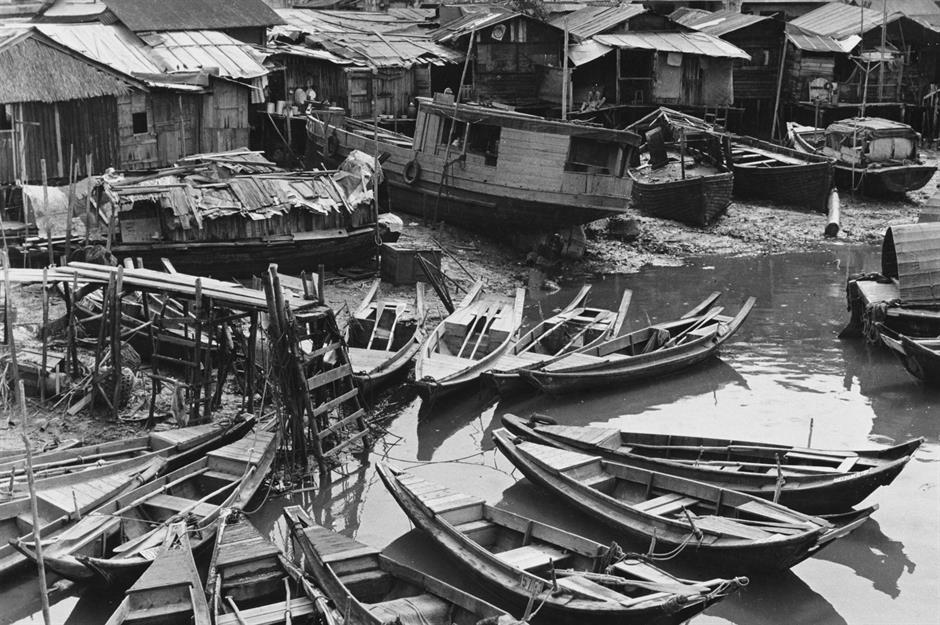
Siegfried Sammer/Getty
When Singapore gained independence from Malaysia in 1965, the tiny city state was plagued by poverty and high unemployment. A third of the population lived in squalid slums, up to half the new nation's residents were illiterate, and GDP per capita was stuck at just $516 (£362).
Singapore
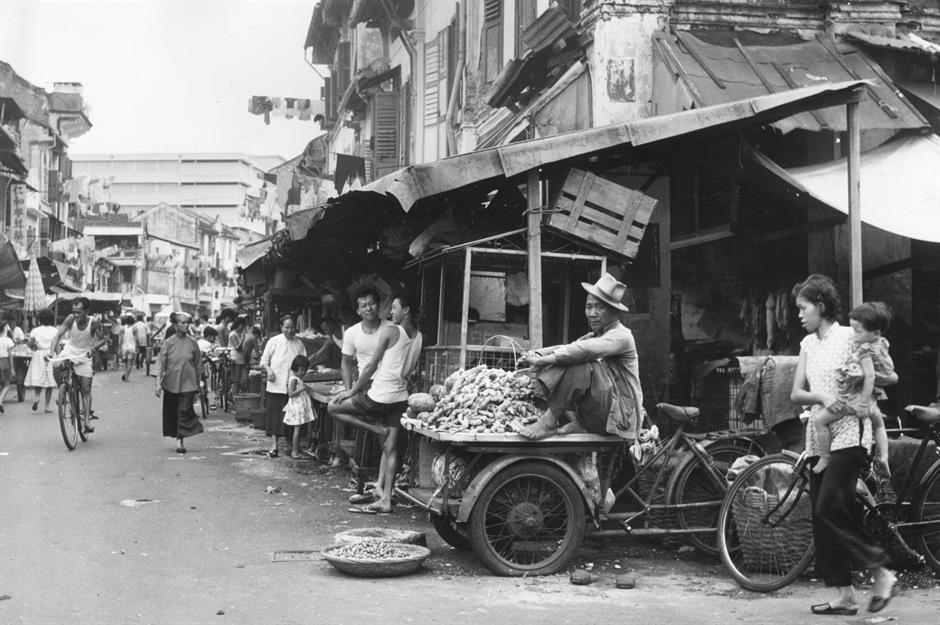
John Pratt/Getty
With no natural resources, Singapore's economic prospects were looking very bleak indeed. The country's savior came in the form of its first prime minister Lee Kuan Yew, who set about transforming Singapore into a first-world metropolis.
Singapore

Ron Case/Getty
The visionary and sometimes authoritarian prime minister overhauled the education system and made English the common language, creating a highly-skilled multilingual workforce. At the same time, Lee clamped down on corruption, slashed taxes and controversially, banned trade unions in an attempt to attract foreign investment.
Singapore
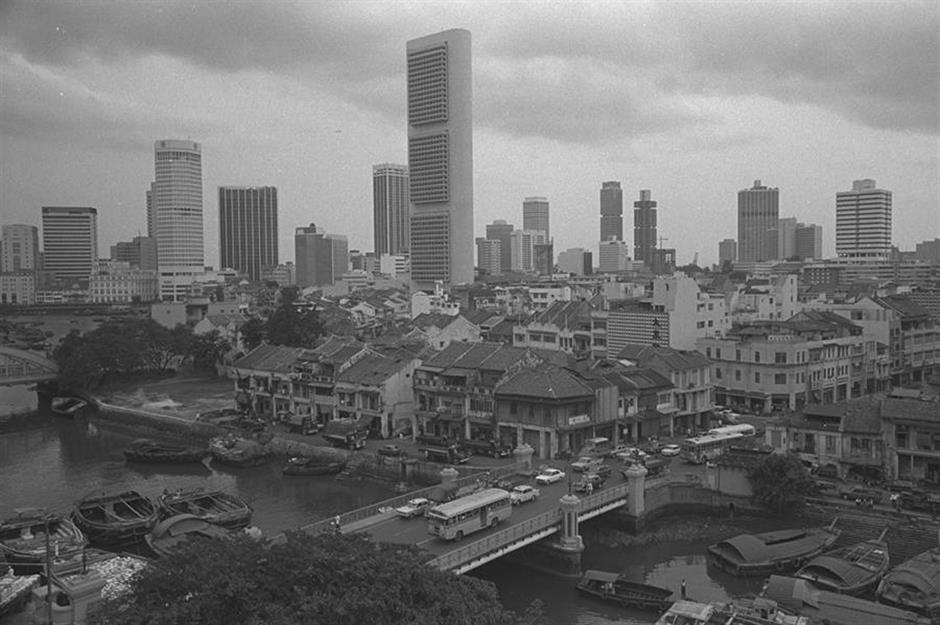
Courtesy National Archives of Singapore
Lee's policies had the desired effect and foreign money poured in, stimulating double-digit growth. The government spent its new-found wealth on improving Singapore's infrastructure, housing and so on, and by the 1970s, the standard of living in the up-and-coming city state had markedly improved.
Singapore

IamDoctorEgg/Shutterstock
When Lee stepped down in 1990, Singapore had become the glittering first-world metropolis he'd envisaged all those years ago. Today, the economy is ranked the most open and business-friendly in the world, GDP per capita is a hefty $53,000 (£37,000) and living standards are high.
Saudi Arabia
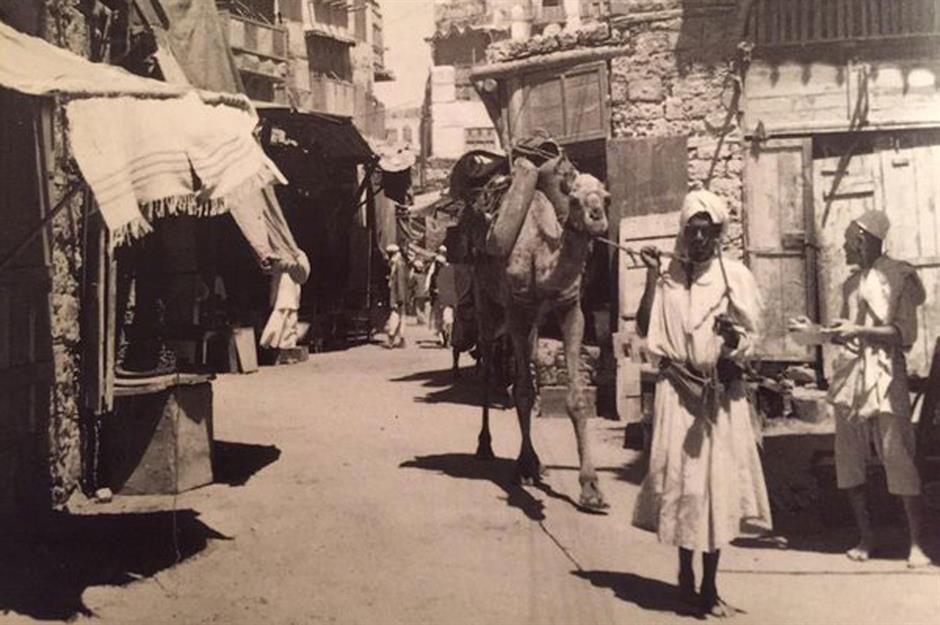
Courtesy @NL Ambassador/Twitter
Saudi Arabia was among the poorest countries in the world when it was founded in 1932. The country depended on the revenue generated from religious pilgrims undertaking the Hajj as well as income from agriculture, which was modest and unpredictable.
Saudi Arabia
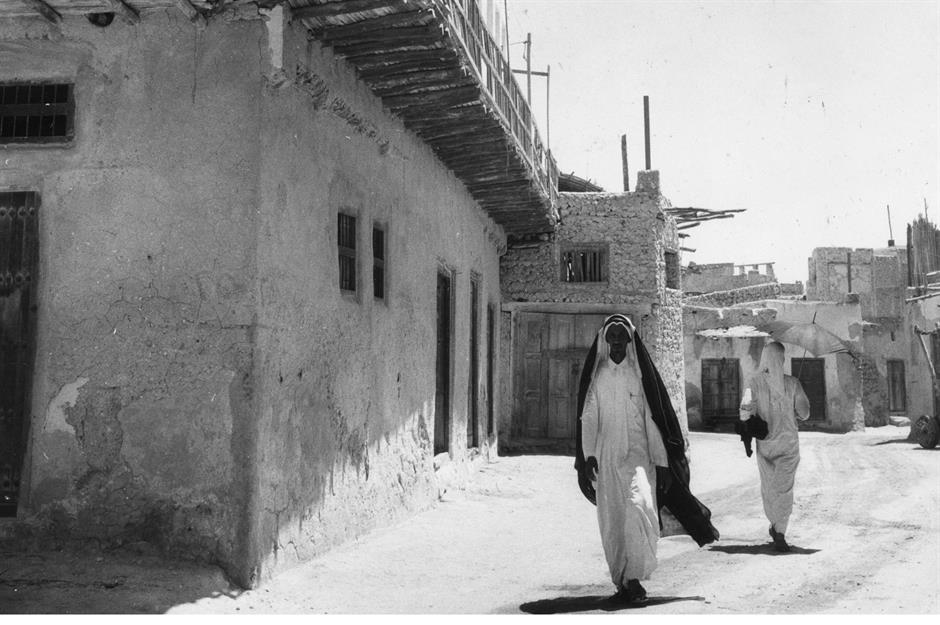
Three Lions/Getty
The Gulf state was woefully undeveloped, lacking everything from proper roads to electricity, decent housing and basic hospitals. The majority of the population were unable to read or write and lived very simple lives.
Saudi Arabia
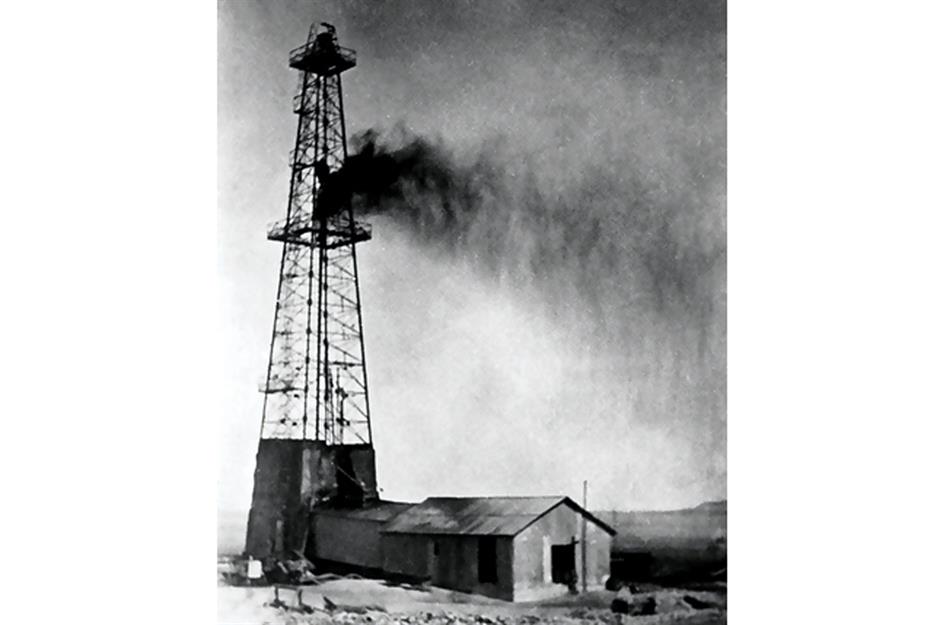
Underlying lk/Wikimedia Commons
The discovery of colossal reserves of oil in 1938 was an epic reversal of fortune for the needy country. By the late 1940s, Saudi oil wells were pumping out barrel upon barrel of the commodity, but the country really cashed in from the 1970s onwards.
Saudi Arabia
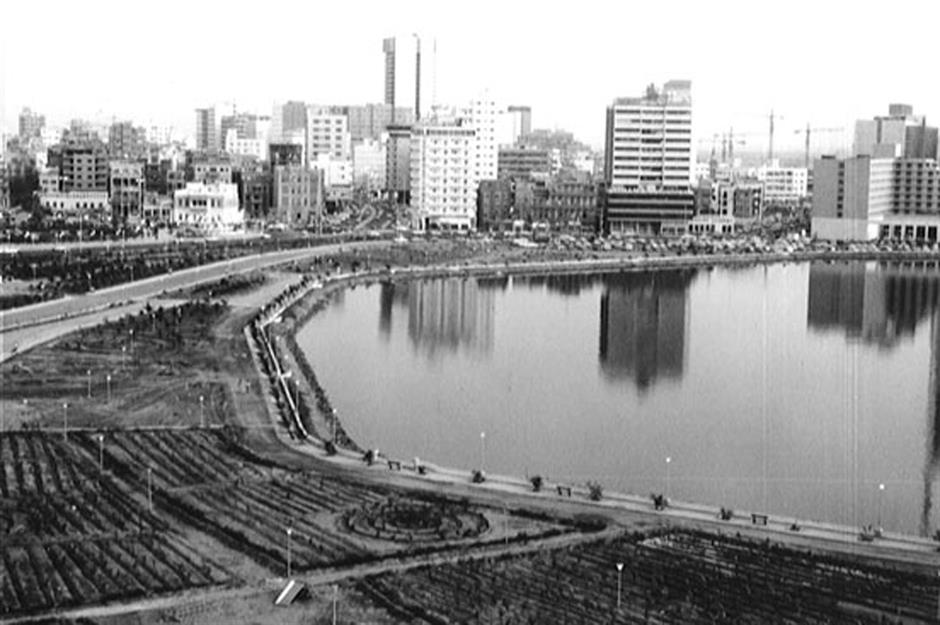
Courtesy Aramco World
The 1973 oil crisis pushed up prices and massively enriched the Saudi economy. Prices dropped during the mid 1980s and were low until the late 1990s. During this time, Saudi Arabia racked up substantial foreign debts, but its citizens maintained a high standard of living.
Saudi Arabia
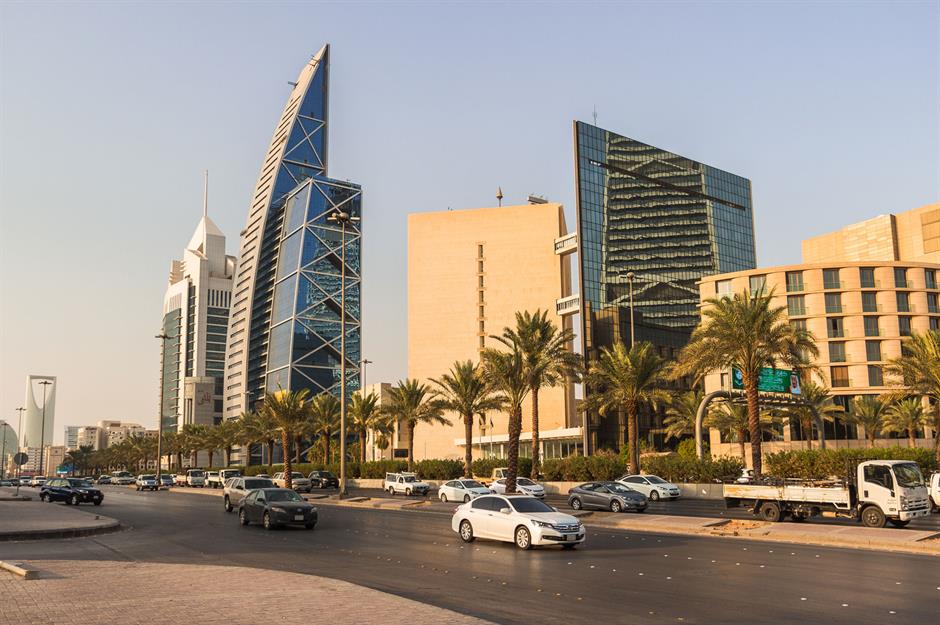
Andrew V Marcus/Shutterstock
The government balanced the books when the oil price picked up in the late 1990s and stayed high until the late 2000s. Since then, the price has dropped off again and Saudi Arabia has been in the process of diversifying. Crown Prince Mohammed bin Salman's super-ambitious Saudi Vision 2030 plan aims to reduce the country's dependence on oil.
Qatar
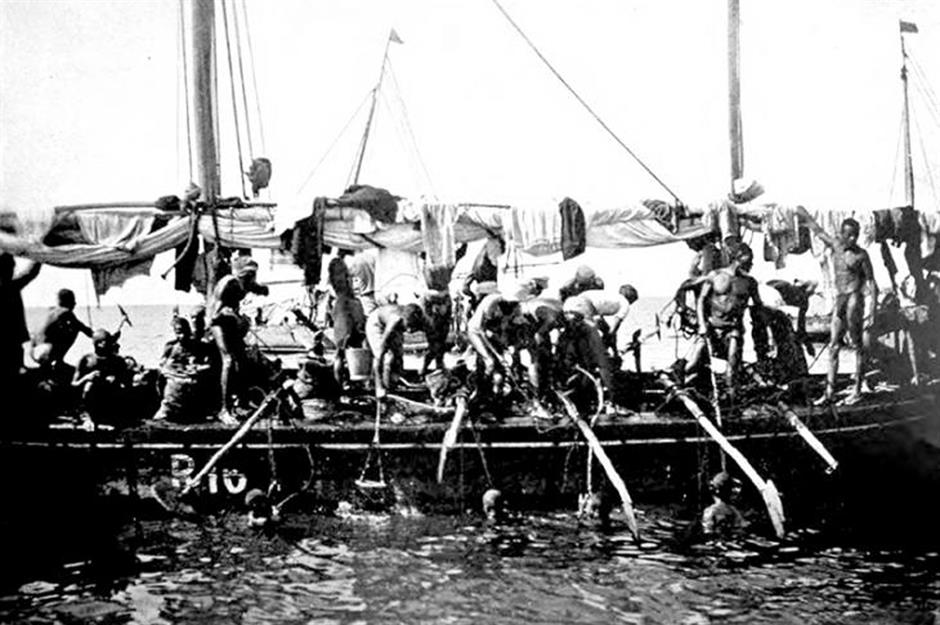
Courtesy Qatar Digital Library
Like Saudi Arabia, Qatar was an impoverished country during the early part of the 20th century. The gulf state, which became a British protectorate in 1916, was reliant on fishing and pearl diving, and most Qataris had to work long and hard to make a decent living.
Qatar

Courtesy Qatar Digital Library
Oil was discovered in 1940, but World War II put a halt to further exploration and it wasn't until 1949 that production of the black stuff began in earnest in Qatar. Flush with oil money, the Middle Eastern country modernized at breakneck speed during the 1950s and 1960s.
Qatar
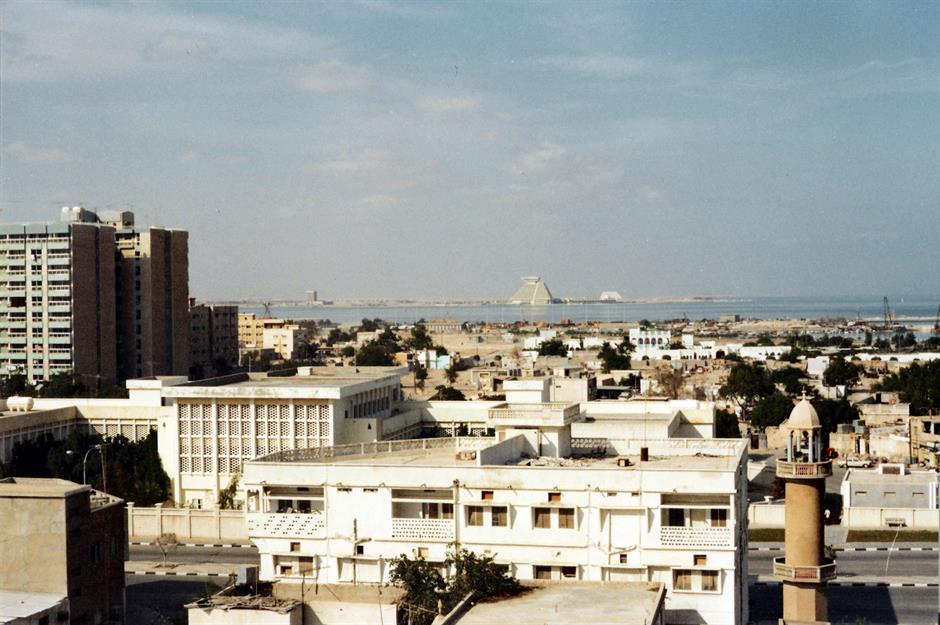
DesertBlooms/Flickr CC
When Qatar gained full independence from Britain in 1971, the country was reaping the rewards of more than two decades of oil extraction. Industry and infrastructure were much better developed and the general standard of living had improved greatly.
Qatar
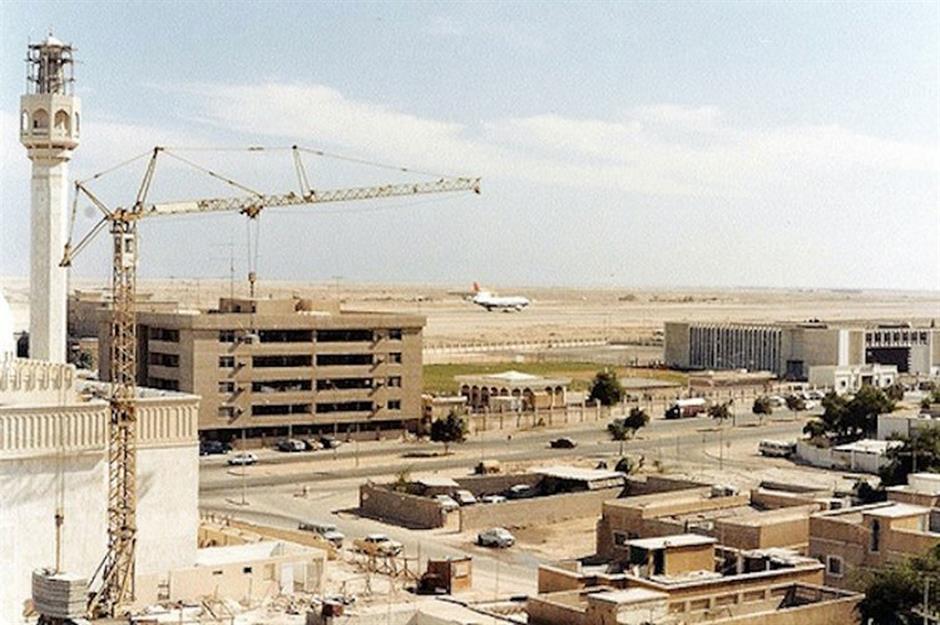
DesertBlooms/Flickr CC
The increase in the price of oil during the 1970s drove impressive growth, but the falling price of the commodity from 1980 to 1997 stagnated the economy. When the oil price recovered in the late 1990s, Qatar experienced a sustained period of economic growth.
Qatar

Philip Lange/Shutterstock
Since 1997, real GDP growth has peaked at an astonishing 30%. Qatar has put more of a focus on natural gas extraction and, while oil revenues have dropped in recent years, the government is busily diversifying the economy. Today, Qatar has one of the highest GDPs per capita in the world and the highest GDP per capita in terms of purchasing power parity (PPP). For more on Qatar's remarkable rise, read The tiny but super-rich Middle Eastern state buying up the world
Ireland
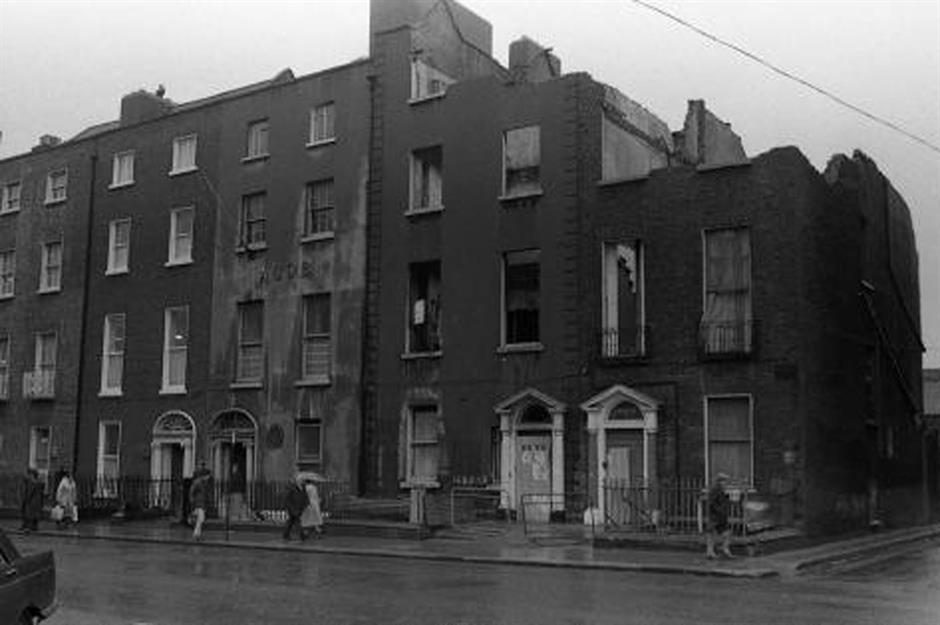
Courtesy Dublin City Council
Back in the early 1990s, Ireland was one of the poorest countries in Europe, with a GDP per capita of just $14,000 (£9,800). Unemployment and inflation were high, and economic growth had stalled. The general standard of living was low and much of the rural population struggled to get by.
Ireland
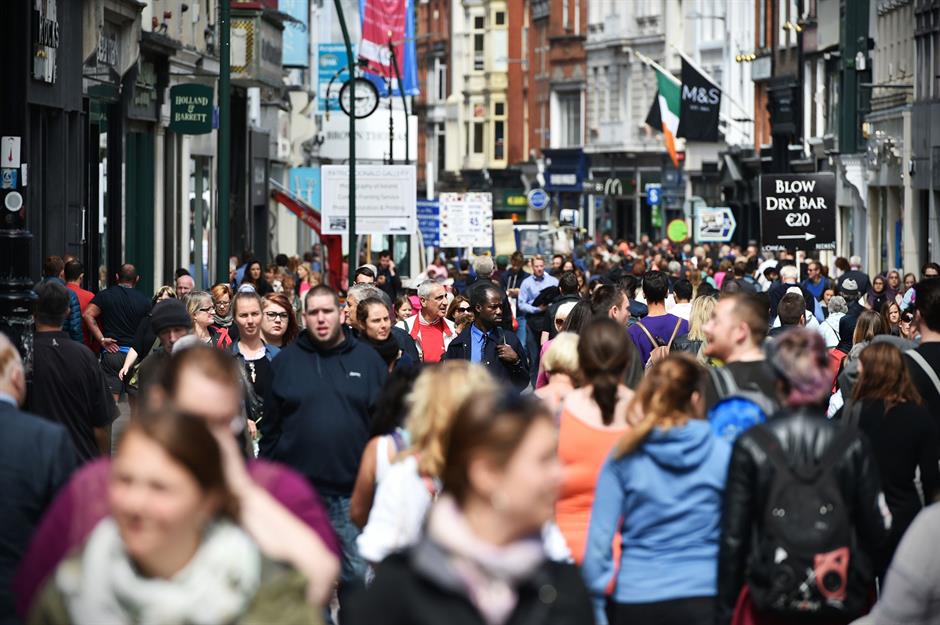
1000 Words/Shutterstock
The luck of the Irish worked its magic from the middle part of the decade to the late 2000s, and growth skyrocketed to 9.4%, the so-called 'Celtic Tiger' period. Attracted by an increasingly educated workforce and favorable business rates, foreign businesses flocked to the Emerald Isle.
Ireland
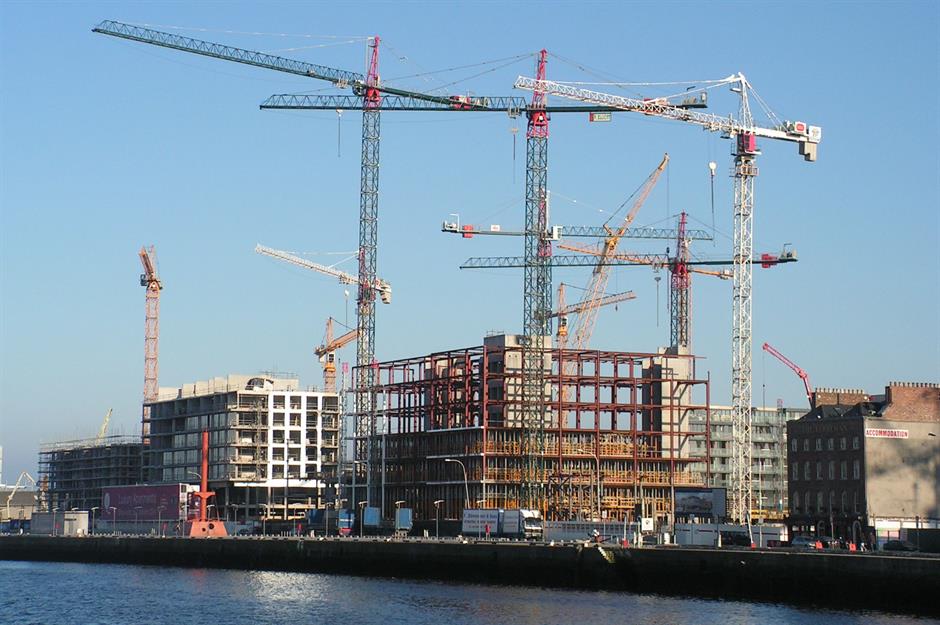
Amra Plastic/Shutterstock
Unemployment plummeted from almost 16% in the early 1990s to just 3.9% in 2001, and the standard of living in Ireland rose to rival that of the richest countries in Europe. Irish consumer spending hit record levels, construction boomed, home ownership soared and GDP per capita hit $61,000 (£42,800) by 2007.
Ireland
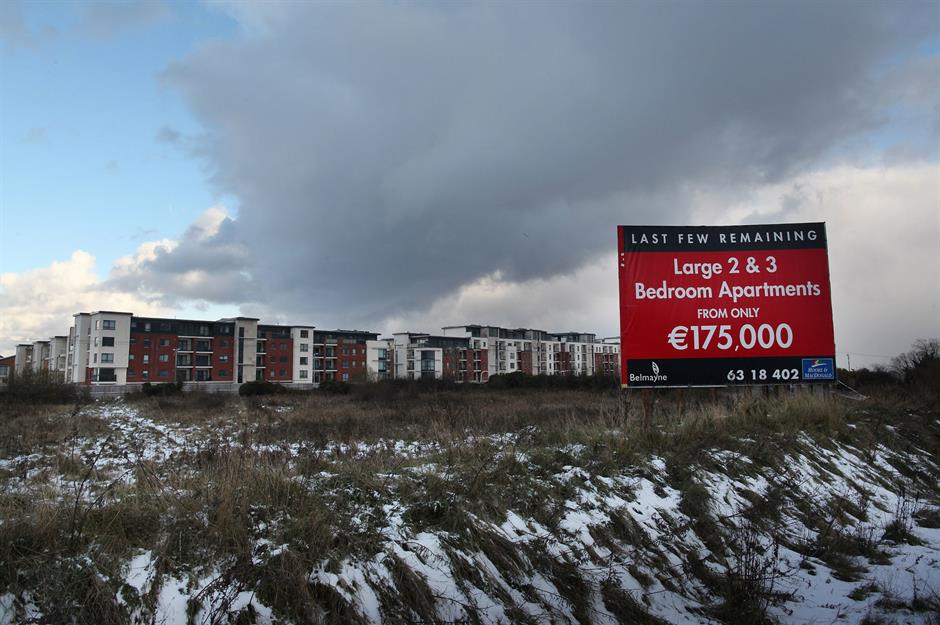
Peter Macdiarmid/Getty
The party ended in 2008 when the Irish economy fell into recession. The fallout from the global financial crisis was aggravated by a severe housing bubble, and Ireland was forced to accept an EU and IMF bailout package. A period of austerity followed.
Ireland
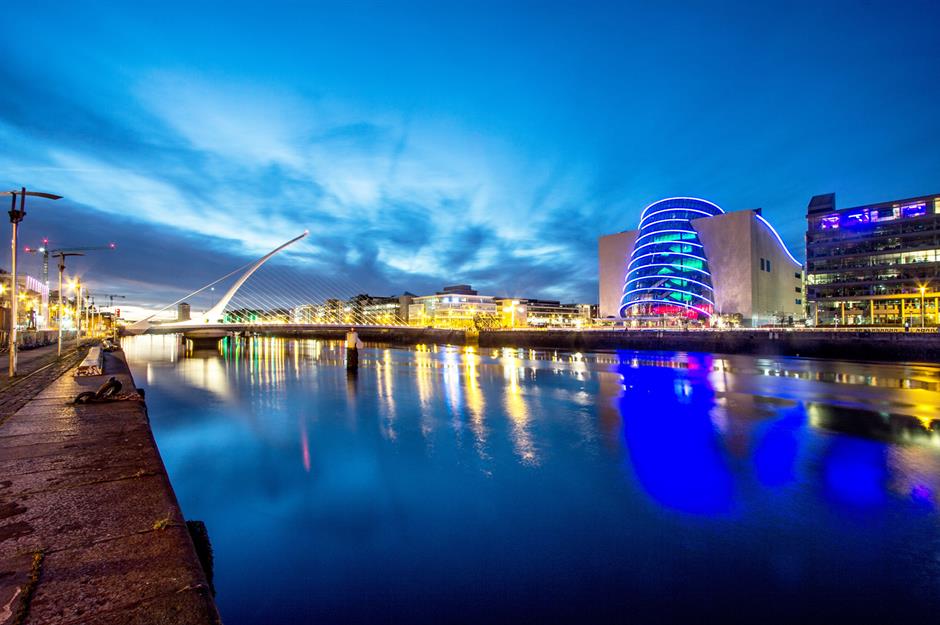
Luca Ballarini/Shutterstock
Since then, Ireland has made a spectacular comeback. An upsurge in foreign investment and increased consumer spending are working wonders on the nation's finances. In fact, the Irish economy is the fastest growing in Europe and is expected to stay that way until at least 2024.
Comments
Be the first to comment
Do you want to comment on this article? You need to be signed in for this feature